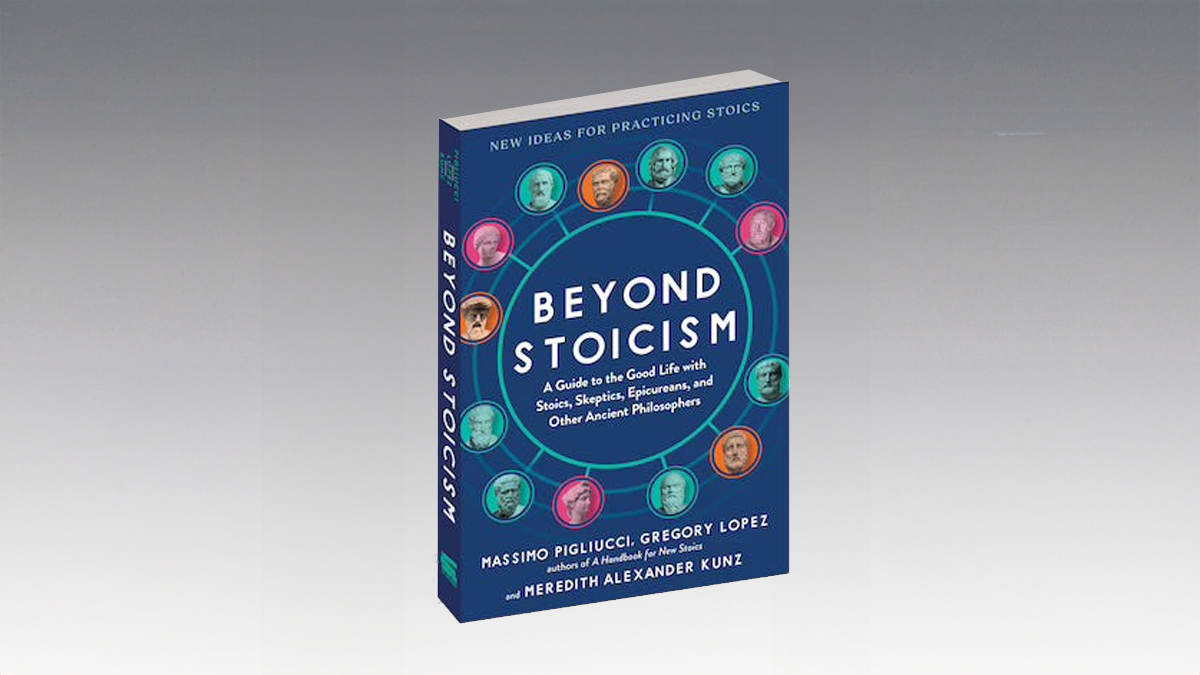A clinical psychologist explains the biological basis of novelty-seeking behavior and its importance in evolutionary history.
Question: What is sensory deprivation?
Marvin Zuckerman: Sensory deprivation is where you put people in dark, sound-proof rooms, or water tanks. People were becoming aware that we needed sensation stimulation, variation stimulation almost as much as we need food and water and so forth. It’s a basic need. Deprivation of this kind of stimulation led to some very uncomfortable states.
So we asked, is there a personality trait that some people need more stimulation or more variety or intensity of stimulation than others? That’s when we developed our first sensation-seeking scale. Subsequently that expanded and became the main focus of my research. We were surprised by how many things were affected by this trait, sensation-seeking. Then we got interested in the biological basis, the genetic biological basis and here again, we had some very interesting findings pointing to the fact that this is a very fundamental trait with biological roots.
Question: How much of the sensation-seeking trait is determined genetically?
Marvin Zuckerman: Well this is determined from twin studies called Biometrics of Behavior Genetics actually. Using these twin studies we initially found that roughly 60% inheritability. In heritability is the proportion of the variance in a trait that is determined by genetics. We discovered there was 60% -- which is very high for a personality trait which generally runs between 30% and 50%. So, 60% is high for a personality trait. Well, it’s higher for intelligence and some other traits. This was established not only using twins raised together but twins raised apart showing that it wasn’t due to the fact of sharing a stimulating environment let’s say. There’s an environmental aspect of the remaining 40%, **** error of measurement, but some of it is due to environment. But it’s not the shared; what we called the shared environment, shared in the family. It’s due to the non-shared environment which means your friends, peers or your unique life experiences that you don’t share with other people in your family.
Question: Was sensation-seeking a factor in human evolution?
Marvin Zuckerman: Well we can surmise that particularly since a particular gene has been found to be related to sensation-seeking, a dopamine receptor gene. So that means it’s been there a long time. Well, actually they estimate though that it’s been – not all evolution maybe 50,000-100,000 years old in our species, this particular gene but there may be genes that are older even. But you see this in other – the point is, you see what I call emalogues of sensation-seeking behavior in other species. In fact, a lot of my work is compared sensation-seeking expressions exploration approach to novelty in other species. And I explored to the extent that do they have the same biological roots in humans and in other species. So, in that sense we look at evolution – we have a modern test of evolution when you can find something that exists in humans in earlier species, particularly primates ****, but also even in rats, when you can find this and it’s linked to the same biological indicators in both humans and other animals. That indicates it has an evolutionary history rather it’s more than merely an analogy. Well this looks like what we do. But it’s more than that, it’s the fact that it looks like sensation-seeking and has the same biological roots.
Question: Does the presence of this behavior vary across ages?
Marvin Zuckerman: I would say the age differences are somewhat larger if you’re looking at the extremes. I would say like of about sixty-sixty-five a male would have half the sensation-seeking score that he had when he was in his late-teens and early-twenties. So that's pretty much of a decline. The male-female differences are constant across age, but perhaps not as large. I want to talk about sex differences in traits. We’re always talking about a lot of overlap or talking about population differences. People always say, “I know someone who’s female, but has a very high sensation-seeking.” Of course, there’s variation within both genders. Just the overall population difference is different.





